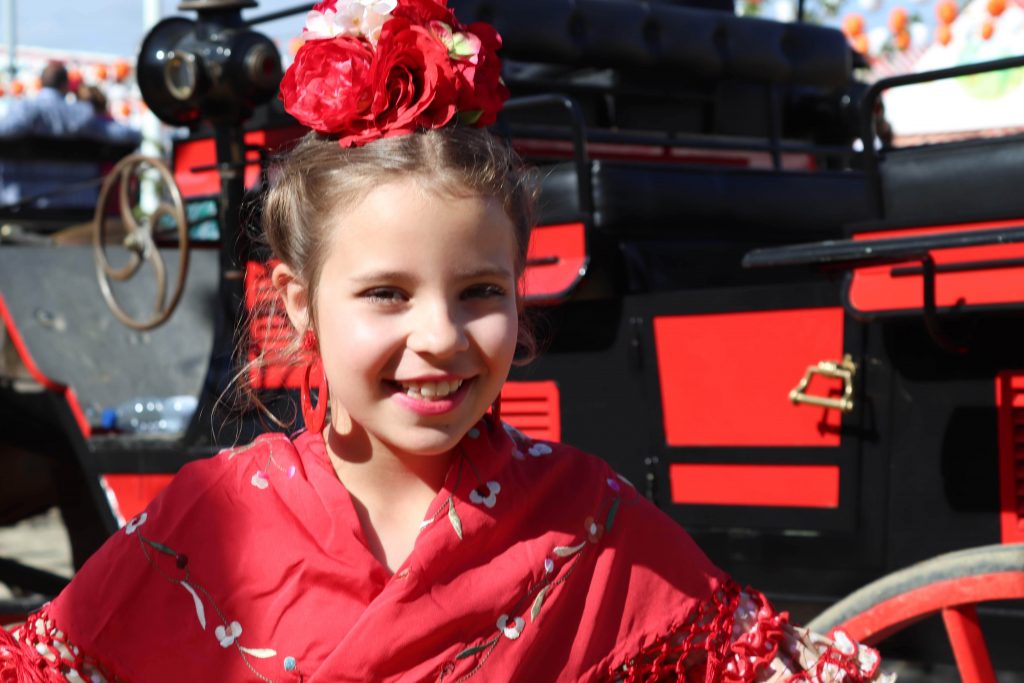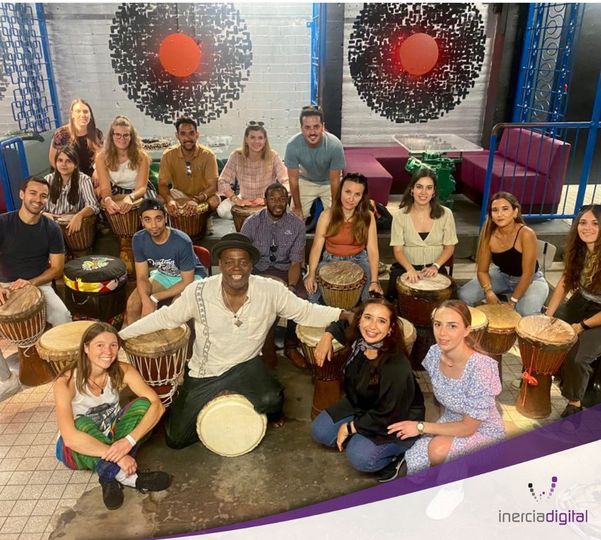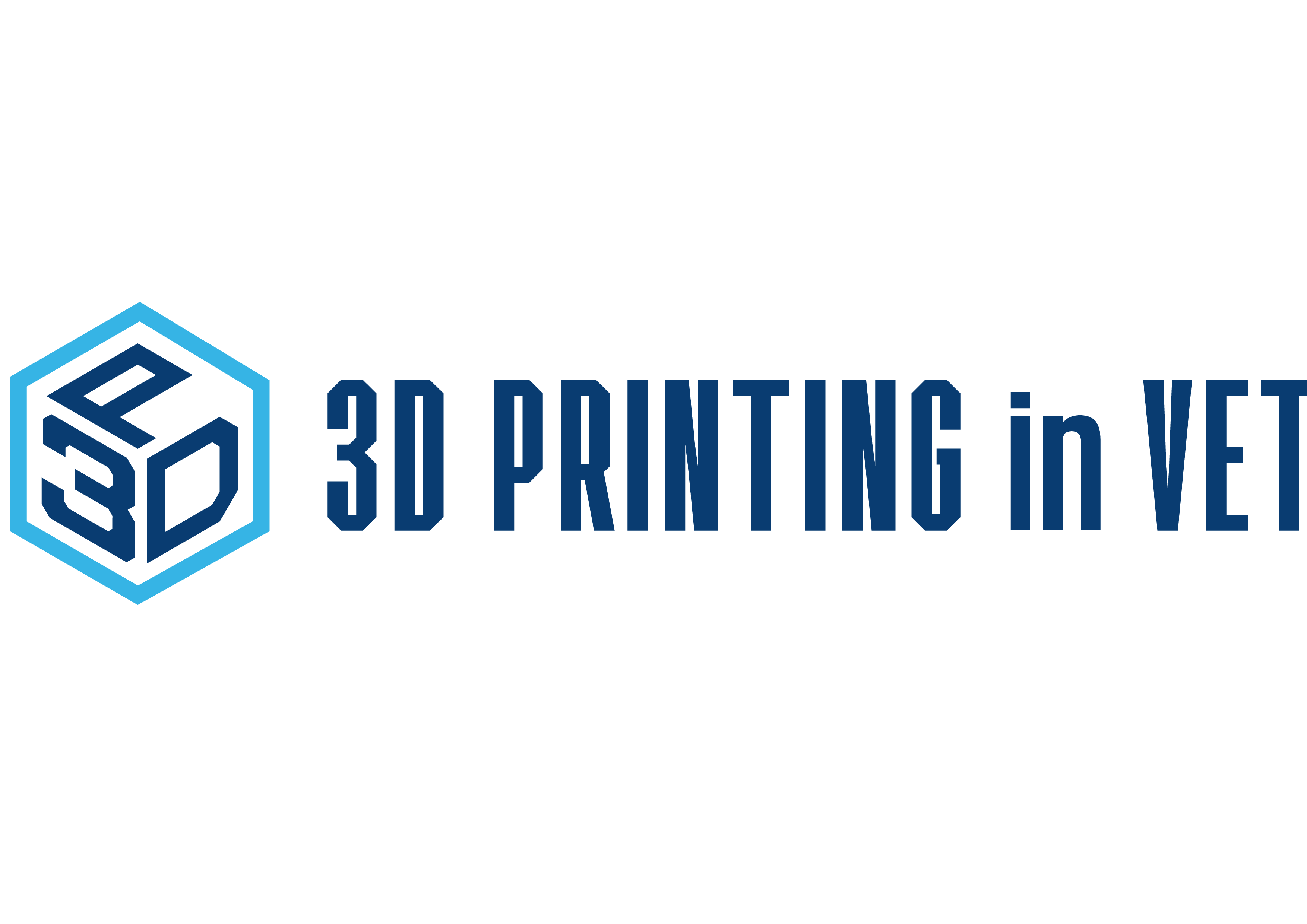Unidad en la diversidad, el patrimonio cultural intangible de Europa // United in diversity, the intangible cultural heritage in Europe.
Unidad en la diversidad, el patrimonio cultural intangible de Europa.
Aumentar la conciencia de esta diversidad cultural europea contribuye al desarrollo de una identidad compartida en Europa. Por ello os queremos presentar el libro resultado del proyecto Erasmus+ EliCCon donde también podéis encontrar las grabaciones de los seminarios web transnacionales que tuvieron lugar dentro del proyecto que ofrecen un resumen del patrimonio cultural inmaterial en los respectivos países del proyecto. Hemos de decir que ha sido un reto para el equipo de Inercia Digital que se ha iniciado en el mundo de la fotografía, que agradecemos a todos/as los que nos han facilitado esta labor y que hemos disfrutado de compartir nuestra cultura española y de aprender de las de Alemania, República Checa y el Reino Unido. Sin más os dejamos con la introducción del libro y esperamos que disfrutéis!
Introducción. Este libro está dedicado al patrimonio cultural intangible de Europa. Numerosos ejemplos de 5 países te dejan una percepción de la diversidad de las formas culturales en Europa. De acuerdo a la definición dada por la UNESCO, el patrimonio cultural intangible incluye tradiciones orales, la representación de las artes, prácticas sociales, rituales, festivales, conocimiento y habilidades para la práctica de las manualidades tradicionales y conocimiento y prácticas relacionadas con la naturaleza y el universo.
Estas tradiciones y culturas han sido heredadas de generación a generación. Sirven a las personas como una base común para la interacción social, forma valores y normas de comportamiento y crean identidad. Influencian todas las áreas de la vida, además de la economía y la industria. El patrimonio cultural intangible de una sociedad está siempre sujeto a una cierta dinámica, con algunas tradiciones que surgen de otras culturas, otras cambian, se pierden o incluso son redescubiertas. Por consiguiente, muchos rituales y prácticas antiguas solo se pueden encontrar de forma rudimentaria, mientras otras son celebradas por miles de personas.
Con la proclamación del año 2018 como el año del Patrimonio Cultural Intangible, la Comunidad Europea señaló la gran importancia que tienen las culturas únicas de Europa. De la misma forma, aumenta la concienciación del patrimonio cultural en la Comunidad Europea.
Según el lema “unidad en la diversidad” la reconciliación de las culturas a través del diálogo intercultural contribuye enormemente a reducir la xenofobia y crear sinergias. La Unión Europea también reconoce el patrimonio cultural como un recurso estratégico para una Europa sostenible. Además de la europeización cultural de Europa, la creciente migración también está trayendo la integración de culturas no europeas y las está sacando a la luz. Esto no es algo nuevo. Muchas minorías étnicas han tenido un lugar sólido en los Estados de la Unión Europea durante décadas y siglos. Las culturas se han influenciado unas a otras con el paso del tiempo. Incluso dentro de un país, el intercambio constante de culturas propicia la creación de sinergias debido a la diversidad cultural.
Muchos programas de financiación europeos apoyan el intercambio cultural, como el programa Erasmus Plus para la educación, la juventud y el deporte. Respaldado por este programa, el proyecto “Conectando las culturas europeas” (Eliccon) comenzó en 2018 bajo la coordinación de la Academia de Fotografía Europea en Rastatt, Alemania. Los socios del proyecto de la República Checa, Alemania, España y Reino Unido desarrollaron fotorreportajes sobre la herencia cultural intangible en sus países durante los dos años que duró el proyecto. Presentaron sus resultados al público mediante exhibiciones en todos los países socios. Asimismo, los equipos trataron y explicaron los resultados de su trabajo en reuniones conjuntas. En octubre de 2018 el proyecto se calificó como una contribución oficial al Año de la Herencia Cultural Europea y fue registrado en la página web “Sharing heritage”
En el trabajo presente encontrarás fotorreportajes que se hicieron durante el proyecto. Las fotografías fueron escogidas deliberadamente como el medio principal para representar el patrimonio cultural vivo, porque el lenguaje pictórico como lengua franca apoya considerablemente el diálogo intercultural y alcanza a personas de todas las culturas. Los equipos de este proyecto quieren aprovechar esta oportunidad para agradecer la fundación europea a través del programa Erasmus Plus. Sin ello, el intercambio intercultural transfronterizo no habría sido posible
Síguenos en Facebook!
United in diversity, the intangible cultural heritage in Europe.
 Raising awareness of this European cultural diversity contributes to the development of a shared identity in Europe. That is why we want to present to you the book resulting from the Erasmus+ EliCCon project where you can also find the recordings of the transnational webinars that took place within the project. Each webinar provides an overview of the intangible cultural heritage in the respective project countries. We want to say that it has been a challenge for the Inercia Digital team that has entered the world of photography, that we thank everyone who has facilitated this work. We have enjoyed sharing our Spanish culture and learning from those of Germany, the Czech Republic and the United Kingdom. Without further ado, we leave you with the ebook introduction and we hope you enjoy!
Raising awareness of this European cultural diversity contributes to the development of a shared identity in Europe. That is why we want to present to you the book resulting from the Erasmus+ EliCCon project where you can also find the recordings of the transnational webinars that took place within the project. Each webinar provides an overview of the intangible cultural heritage in the respective project countries. We want to say that it has been a challenge for the Inercia Digital team that has entered the world of photography, that we thank everyone who has facilitated this work. We have enjoyed sharing our Spanish culture and learning from those of Germany, the Czech Republic and the United Kingdom. Without further ado, we leave you with the ebook introduction and we hope you enjoy!
Introduction. This book is dedicated to the intangible cultural heritage in Europe. Numerous examples from five countries give an insight into the diversity of living cultural forms in Europe. According to UNESCO’s definition, intangible cultural heritage include oral traditions, the performing arts, social practices, rituals, festivals, knowledge and skills for the practice of traditional crafts, and knowledge and practices related to nature and the universe.
These traditions and cultures have been handed down for generations. They serve people as a common basis for social interaction, form values and norms of behaviour and create identity. They influence all areas of life and ultimately the economy and industry. The intangible cultural heritage of a society is always subject to a certain dynamic, with some traditions from other cultures flowing in, others change, are lost or even rediscovered. Thus, many old rituals and practices can only be found in rudimentary form, while others are celebrated by thousands.
With the proclamation of the European Cultural Heritage Year 2018, the European Community underlined the great importance it attaches to the unique cultures in Europe. At the same time, it raises awareness of the common cultural heritage in the European Community. According to the motto «United in Diversity», the rapprochement of cultures through intercultural dialogue contributes enormously to reducing xenophobia and creating synergies. The European Union also recognises cultural heritage as a strategic resource for a sustainable Europe.
In addition to the cultural Europeanization of Europe, increasing migration is also bringing the integration of non-European cultures to the fore. This is by no means a new topic. Many ethnic minorities have had a firm place in the European Member States for decades and centuries. The cultures have influenced each other over time. Even within a country, a constant exchange of cultures is conducive to creating synergies from cultural diversity.
Many EU funding programmes support cultural exchange, such as the Erasmus Plus programme for education, youth and sport. Supported by this programme, the project «European Lived Culture Connects» (EliCCon project) started in September 2018 under the aegis of the European Photo Academy in Rastatt, Germany. The project partners from the Czech Republic, Germany, Spain and the United Kingdom produced photo reportages about the intangible cultural heritage in their countries during the two-year project. With exhibitions in all partner countries they presented their results to the public. Furthermore, the teams discussed and explained the results of their work at joint meetings.
 In October 2018 the project qualified as an official contribution to the European Cultural Heritage Year and was listed on the Sharing Heritage website. In the present work you will find all photo reportages that were made during the project. Photography was deliberately chosen as the main medium for the presentation of the living cultural heritage, because the pictorial language as lingua franca supports intercultural dialogue considerably and touches people from all cultures. The project teams would like to take this opportunity to thank the European funding through the Erasmus Plus Programme. Without it, the cross-border, intercultural exchange would not have been possible
In October 2018 the project qualified as an official contribution to the European Cultural Heritage Year and was listed on the Sharing Heritage website. In the present work you will find all photo reportages that were made during the project. Photography was deliberately chosen as the main medium for the presentation of the living cultural heritage, because the pictorial language as lingua franca supports intercultural dialogue considerably and touches people from all cultures. The project teams would like to take this opportunity to thank the European funding through the Erasmus Plus Programme. Without it, the cross-border, intercultural exchange would not have been possible
![]() Follow us in Facebook! https://www.facebook.com/europeanlivedcultureconne
Follow us in Facebook! https://www.facebook.com/europeanlivedcultureconne
Caridad Mtnez. Carrillo de Albornoz
Latest posts by Caridad Mtnez. Carrillo de Albornoz (see all)
- Evento de difusión del proyecto Erasmus+ “No left behind children”, noviembre 2022// Dissemination event of the Erasmus+ project «No left behind children», November 2022 - 12/12/2022
- Unidad en la diversidad, el patrimonio cultural intangible de Europa // United in diversity, the intangible cultural heritage in Europe. - 05/08/2020
- El equipo de Inercia Digital os desea Feliz Navidad y un próspero y maravilloso año nuevo // The Inercia Digital team wishes you Merry Christmas and a prosperous and wonderful New Year - 23/12/2019





